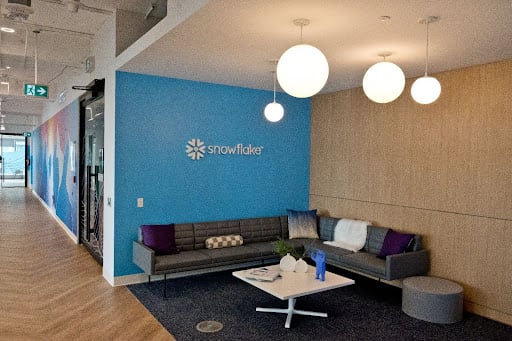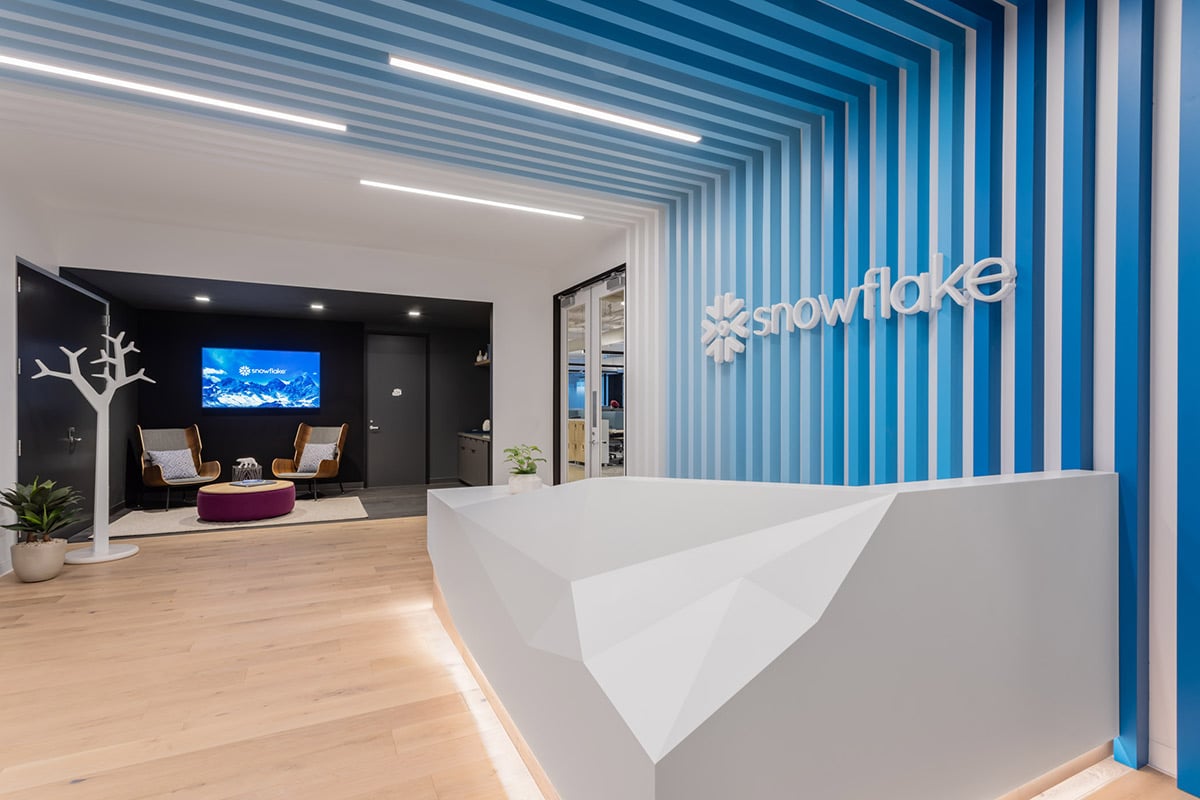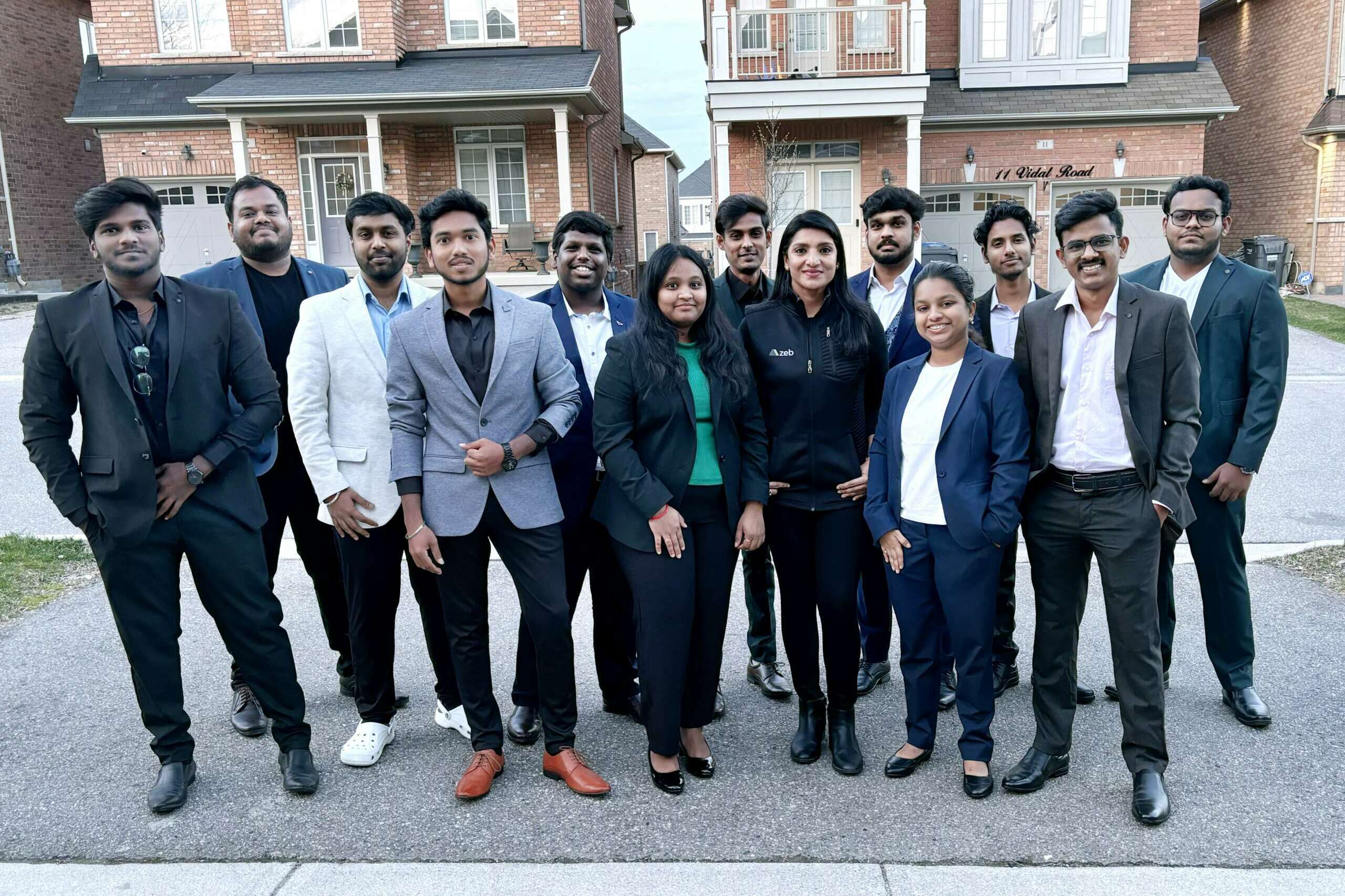Earlier this year, Toronto Global released the results of an excellent study we commissioned on the regional impacts of foreign direct investment. The study, written by Dr. Richard DiFrancesco and Dr. David Wolfe of the University of Toronto, examined both quantitative and qualitative benefits associated with a greenfield investment made by a company in the Toronto Region.
A copy of the study, which I would encourage anyone interested in urban and regional development to read, is available on our website.
As I discussed in a presentation at a recent Conference Board of Canada conference on regional economic development, while there are many lessons to be learned from the work of Drs. DiFrancesco and Wolfe, three stand out. The first is that an investment in any part of the Toronto Region benefits the entire region in one way or another.
The second is that roughly 75-90% of the value of the investment stays within the region. And finally, international companies are looking for jurisdictions that can match their increasingly complicated and involved international supply chains.
In other words, in order to land an investment, a regional approach by organizations like Toronto Global or Montreal International are better positioned to draw upon the resources of all the municipalities within their respective areas rather than an approach driven by any one single municipality.

These conclusions may seem obvious, and reflect what many already know – the staggering growth of our municipalities has resulted in the blurring of jurisdictional boundaries that were developed many years ago. International business no longer understand or respect these boundaries and simply look to an entire region to provide them with the support, the talent and the resources that they need to succeed.
But does this mean that we simply can ignore the individual attributes and characteristics of individual communities and municipalities as we pitch to multinationals? Does the regional value proposition crush the benefits of a particular city within the region?
In my view, this is certainly not the case. A region is made up of individual municipalities, each of which have created their own culture, their own ethic and their own unique set of assets and attributes that, when taken together, present to international investors a range of choice that can and should never be diluted. If we look at a region through the lens of an international investor, and if the analysis of Drs.
DiFrancesco and Wolfe is correct, then the investor is trying to find a region that mirrors, in all its complexity, its own international supply chain. Therefore, a diverse, variated and multi-faceted regional value proposition grounded in the assets and attributes of all the communities in the region is just the ticket.
This was brought home to me recently as I drove 155kms through the Toronto Region – to a breakfast in Brampton, a stop-off at the office in Downtown Toronto, and off to a lunch in Pickering. Each stage of my journey reminded me of the fundamental value of the assets of the differing municipalities in the region.
Mayor Jeffrey of Brampton, together with the Brampton Board of Trade, was holding what was, in effect, a celebration of the announcement of a long awaited new university in Downtown Brampton. To be developed in conjunction with Ryerson University and Sheridan College, the new campus will be a hotbed of cybersecurity research and development.
This unique endeavour makes a singular contribution to the overall strength of the Toronto Region, Ontario and Canada in cybersecurity, while providing students in the western Toronto Region with a centre of excellence close to home. (As an aside, the announcement in Brampton marked the second of such announcements by the government of Ontario.
As a measure of their commitment to raising the talent bar in Ontario, the province announced a new campus for Wilfrid Laurier University in Milton. Congratulations to Ontario, Halton and Milton on this initiative.)
A few hours later, Mayor Ryan of Pickering hosted what could only be described as a boisterous business lunch featuring a local musical act celebrating the charms of Pickering. But aside from the tunes, Mayor Ryan made a robust statement about the vigorous present and future of Pickering and the Durham Region.
He announced a new entertainment complex – Durham Live! – which promises to change the face of the eastern Toronto Region. He announced new investments by Kubota Industries and a new innovation corridor, all with the promise of more to come. (And we all took home toy Kubota tractors that my young neighbour loves!)
About Investment Attraction
New university campuses. Cybersecurity research innovation centres. New hotel and entertainment complexes. Multinational investments in new industrial parks. All of these are not possible without the individual drive and commitment of each municipality.
And each, in their own way is contributing to the multi-faceted regional offering that international investors will find compelling. Indeed, one hopes that investors will find a place for themselves in this myriad of offerings.
So, while we are inevitably marching toward a more cohesive or integrated approach to building and planning our emerging urban region, it is imperative that each community develops and brings to the table its unique assets, attributes and culture.
And regional organizations like Toronto Global will continue to work to bring these assets, attributes and cultures to the doorsteps of companies around the world looking for a new place to succeed.




